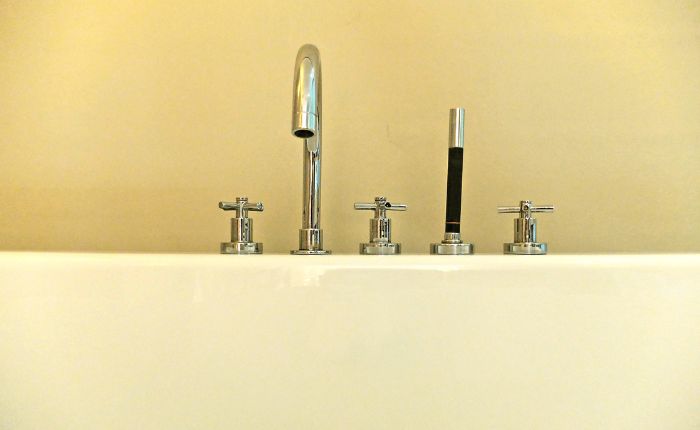How to Unclog a Bathtub Drain
A clogged bathtub drain can be frustrating and inconvenient. Standing water in the tub is not only unpleasant, but it can also lead to mold and mildew growth. Luckily, unclogging a bathtub drain is a DIY task that can be done with a few basic tools and some simple techniques. In this guide, we’ll walk you through the steps to unclog your bathtub drain and get your tub draining properly again.
Tools
- Drain plunger – A plunger specifically designed to unclog drains. Use a plunger that covers the entire drain opening for the best suction.
- Liquid drain cleaner – For hair clogs or slow drains, pouring a chemical drain cleaner may help dissolve the clog. Look for a lye or sodium hydroxide based cleaner. Let it sit for at least 30-45 minutes to fully dissolve the clog before flushing with hot water. The longer it soaks, the more effective it will be.
- Mechanical snake – A plumbing snake is a coiled cable that can be threaded down into drains to physically break up a clog. Feed the snake down into the drain and rotate to wrap hair/debris around the cable to pull out the clog. Continue coiling/uncoiling the snake to clear any additional buildup.
- Sponge, pliers or wire – Helpful for gripping and removing any debris, hair or clog pieces pulled out of the drain. Use whatever works best to keep pulling out the clog.
- Bucket – Place a bucket under the drain opening to catch any liquid waste or overflow that may spill out during unclogging attempts. Change the bucket often if a lot of liquid flows out.
- For severe clogs, consider a liquid drain auger or “snake” – a coiled cable with a valve at the end that can grasp a clog to pull it out. These provide much more leverage and force than a standard plumbing snake.

How to Unclog a Bathtub Drain?
Step 1. Place the bucket under the drain to catch any spills or overflow.
Step 2. Try using the plunger to unclog the drain. Place plunger over the drain opening and plunge up and down forcefully for several seconds at a time until you break up the clog. Pull out any hair or debris trapped in the plunger. Repeat if needed.
Step 3. If the plunger does not work after several attempts, pour the liquid drain cleaner down the drain according to the directions on the product. Let it sit for at least 30-45 minutes to allow it to fully penetrate and dissolve the clog before flushing with hot water.
The longer and more concentrated the chemical sits, the more effective it will be. Be very careful pouring and handling the drain cleaner as it contains harsh chemicals.
Step 4. As the chemical is working, use a plumbing snake, pliers or wire to grip onto any hair strands, debris or clog pieces you can reach and pull them out. Continue pulling out as much waste as possible.
Step 5. After the chemical has soaked in for at least 30 minutes, flush the drain with scalding hot water (212 F or 100 C). Repeat flushing and snaking to push the dissolved clog further down the pipe.
Step 6. If a lot of water is draining and your sink is flowing normally now, the chemical and hot water likely dissolved a majority of the clog allowing it to flush farther down the pipe. However, to be safe, let the water sit in the drain for 15-30 minutes before using the tub again. This allows any remaining debris to cool and settle further down the pipe.
Step 7. If water is still draining slowly after chemical/hot water treatment and snaking, or not draining at all, you likely have a more severe clog further down the drain pipe that requires extra force to dislodge or clear out. At this point, you have a few options:
- Use a liquid drain auger or cable drain snake – Feed down and grasp/pull out the remaining clog pieces. This can give you much more force than a standard plumbing snake.
- Call a plumber – For tough clogs or if you do not feel comfortable snaking drains yourself, contact a plumber to have the lines professionally unclogged or snaked. They can use heavier duty equipment if needed to clear out tough clogs.
As a last resort, you may need to remove part of the pipe or p-trap underneath the tub to clear out or replace damaged/clogged pipe sections. But calling a plumber is really recommended if pipe removal is needed.
Conclusion
Unclogging a bathtub drain is a simple DIY task that can save you time and money. With the right tools and techniques, you can easily remove the clog and get your bathtub draining properly again. Follow the steps outlined in this guide, and you’ll be enjoying a fully functional bathtub in no time. Say goodbye to standing water and slow drainage, and hello to a clean and comfortable bathroom!








